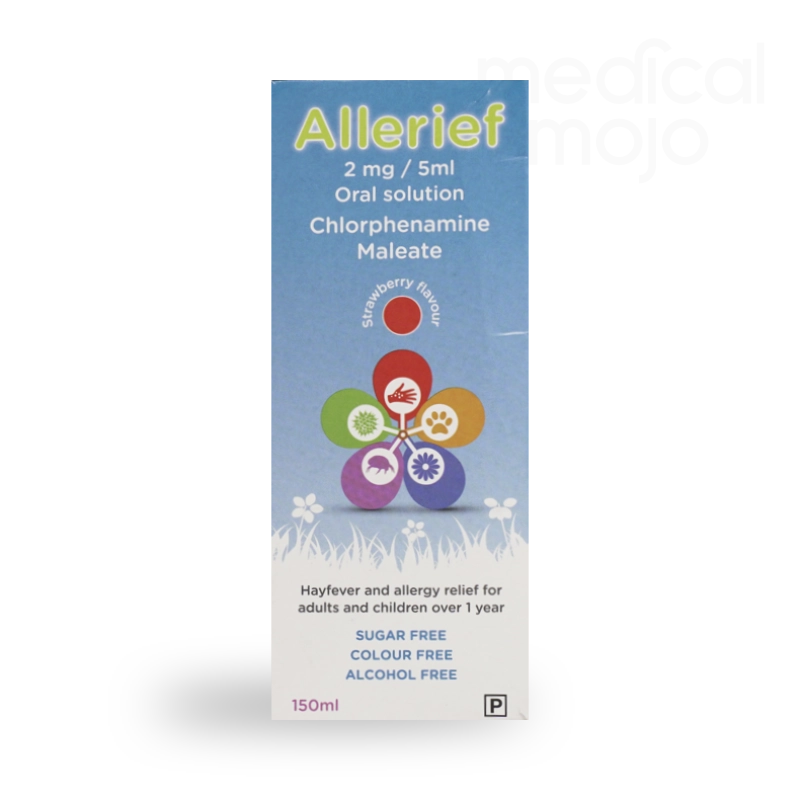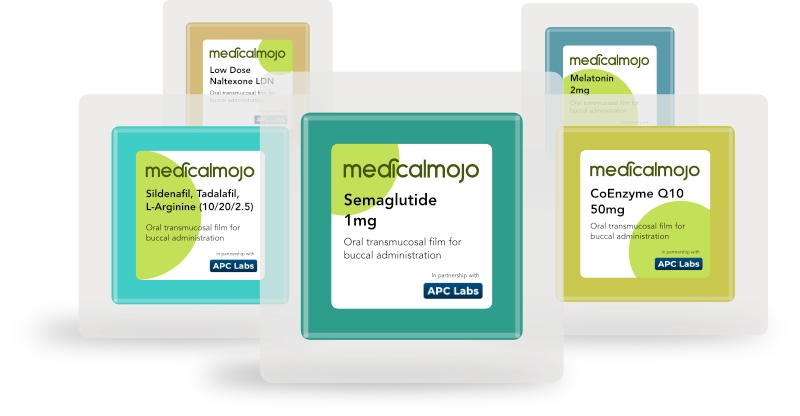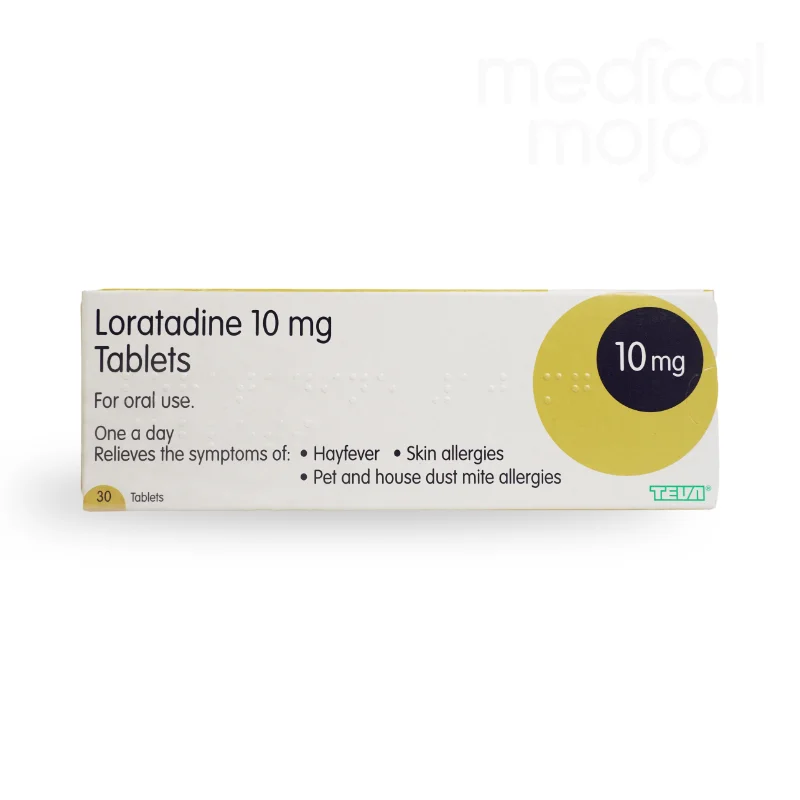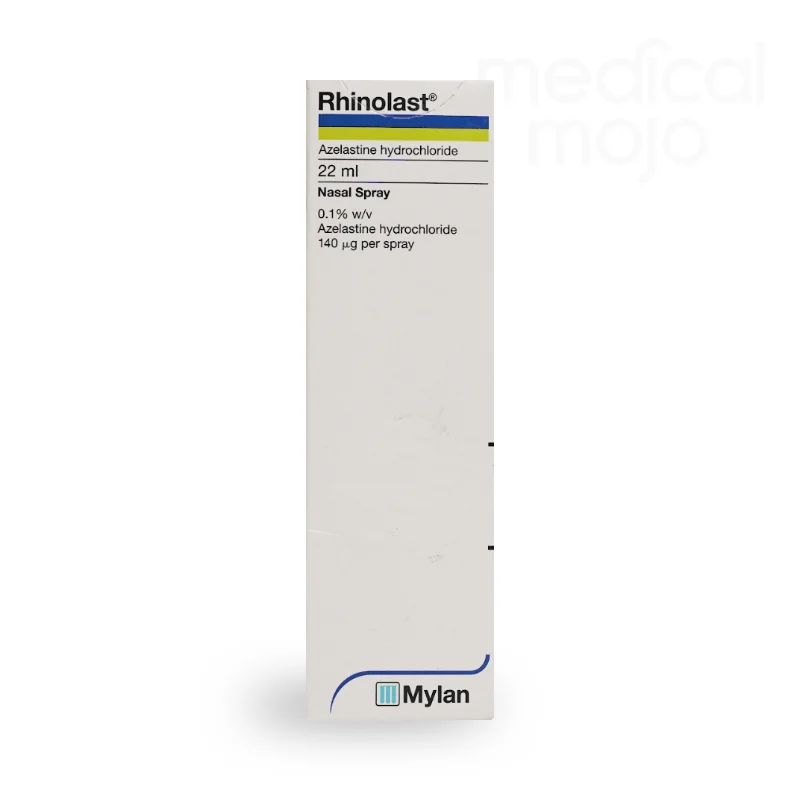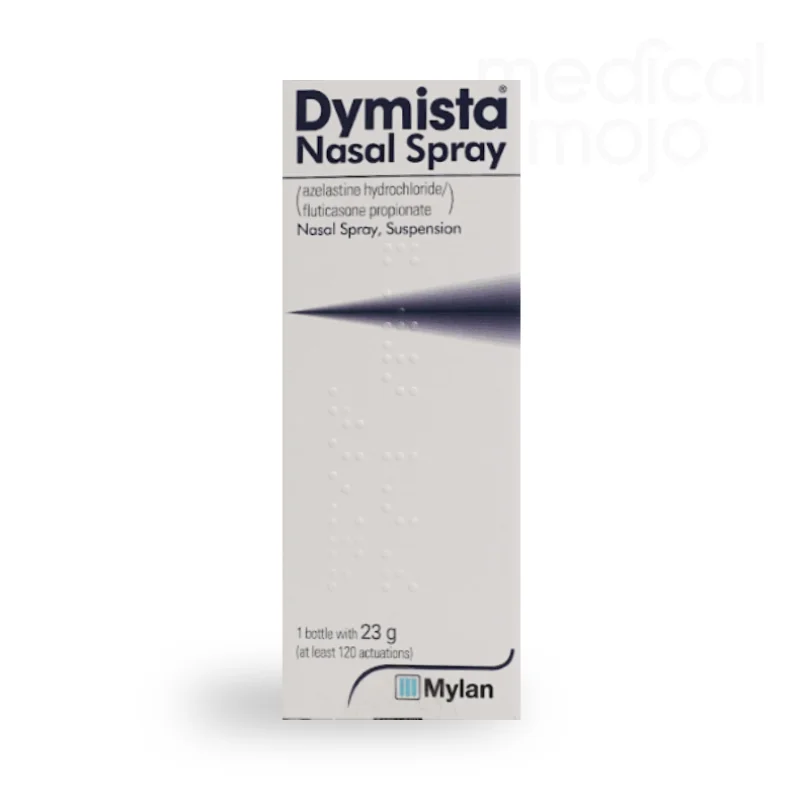What is Chlorpheniramine?
Chlorphenamine is part of a class of medications known as antihistamines. When the body encounters an allergen, it releases chemicals like histamine, which are responsible for triggering the symptoms of an allergic reaction, such as itching, swelling, and redness. Chlorphenamine works by blocking the action of histamine at its receptors, thereby preventing or reducing these allergic symptoms. By inhibiting histamine’s effects, chlorphenamine helps to alleviate discomfort and manage allergic responses effectively, making it a widely used treatment for conditions like hay fever, allergic rhinitis, and other allergic reactions.
What is chlorpheniramine used for?
Chlorphenamine is effective in treating symptoms related to various allergic conditions, including:
- Hay fever
- Nettle rash (urticaria)
- Food allergies
- Allergic reactions to insect bites
- Allergic reactions to certain medications
- Itching associated with chickenpox
Chlorpheniramine FAQs
What is Chlorphenamine and what is it used for?
Chlorphenamine is an antihistamine medication available in tablet and oral solution forms. It contains chlorphenamine maleate, a sedating antihistamine that helps prevent the actions of histamine in your body. Chlorphenamine is commonly used to treat symptoms of allergic conditions such as:
- Hay fever
- Nettle rash (urticaria)
- Food allergies
- Allergic reactions to insect bites
- Allergic reactions to certain medications
- Itching caused by chickenpox
Chlorphenamine is available as 4mg tablets, suitable for adults and children over 6 years, and as a 2mg/5ml oral solution, suitable for children over 1 year.
How does Chlorphenamine work?
Chlorphenamine works by blocking histamine receptors in the body, reducing the effects of histamine, which is released during an allergic reaction. By preventing histamine from causing symptoms such as sneezing, itching, a runny nose, and redness, Chlorphenamine helps to alleviate allergic reactions. It is considered a sedating antihistamine because it can cross into the brain, often causing drowsiness.
What are the alternatives to Chlorphenamine?
Chlorphenamine can be used alone or with other treatments like eye drops (Opticrom) or nasal sprays (Pirinase, Benacort, Beclometasone) to treat localized allergy symptoms. Painkillers like ibuprofen or paracetamol can also be used alongside Chlorphenamine if you experience pain or inflammation. Other non-prescription oral antihistamines include:
- Cetirizine (non-drowsy)
- Loratadine (non-drowsy)
- Piriton (sedating)
Can Chlorphenamine affect allergy tests?
Yes, if you plan to undergo allergy testing, you should stop taking Chlorphenamine at least 2 days before the tests. Chlorphenamine can treat allergy symptoms, which may interfere with the results of the tests.
Can I take Chlorphenamine with other medications?
Chlorphenamine should not be used if you have taken monoamine oxidase inhibitors (MAOIs) within the last 14 days. These are a type of antidepressant, including:
- Phenelzine
- Tranylcypromine
- Isocarboxazid
The risk of side effects like dry mouth, blurred vision, and constipation can increase when Chlorphenamine is used alongside certain antimuscarinic medications or other drugs.
Can I drive while taking Chlorphenamine?
Chlorphenamine can cause drowsiness, so if you experience this side effect, you should avoid driving or operating machinery.
Should I avoid alcohol while taking Chlorphenamine?
Yes, you should avoid alcohol while taking Chlorphenamine, as it can increase the likelihood of drowsiness and other unwanted side effects.
How should I take Chlorphenamine?
- Adults and children over 12 years: Take 1 tablet (4mg) or 10ml of oral solution every 4-6 hours, with a maximum of 6 doses in 24 hours. Elderly adults should limit themselves to no more than 3 tablets per day to reduce the risk of side effects.
- Children 6-12 years: Take half a tablet or 5ml of oral solution every 4-6 hours, with a maximum of 3 doses in 24 hours.
- Children 2-6 years: Take 2.5ml of oral solution every 4-6 hours, with a maximum of 6 doses in 24 hours.
- Children 1-2 years: Take 2.5ml of oral solution twice daily, with a maximum of 2 doses in 24 hours.
If symptoms persist, consult your doctor or pharmacist.
What are the ingredients in Chlorphenamine?
- Tablets: Each tablet contains 4mg of chlorphenamine maleate and inactive ingredients like lactose, maize starch, and magnesium stearate.
- Oral Solution: Each 5ml contains 2mg of chlorphenamine maleate, with inactive ingredients such as sucrose, glycerol, ethanol, peppermint oil, and various preservatives.
What are the side effects of Chlorphenamine?
Common side effects include:
- Drowsiness
- Dizziness
- Headaches
- Blurred vision
- Feeling sick
- Loss of appetite
If you experience severe side effects such as swelling of the face or difficulty breathing, seek immediate medical attention. If you have concerns about side effects, consult a pharmacist or doctor.
